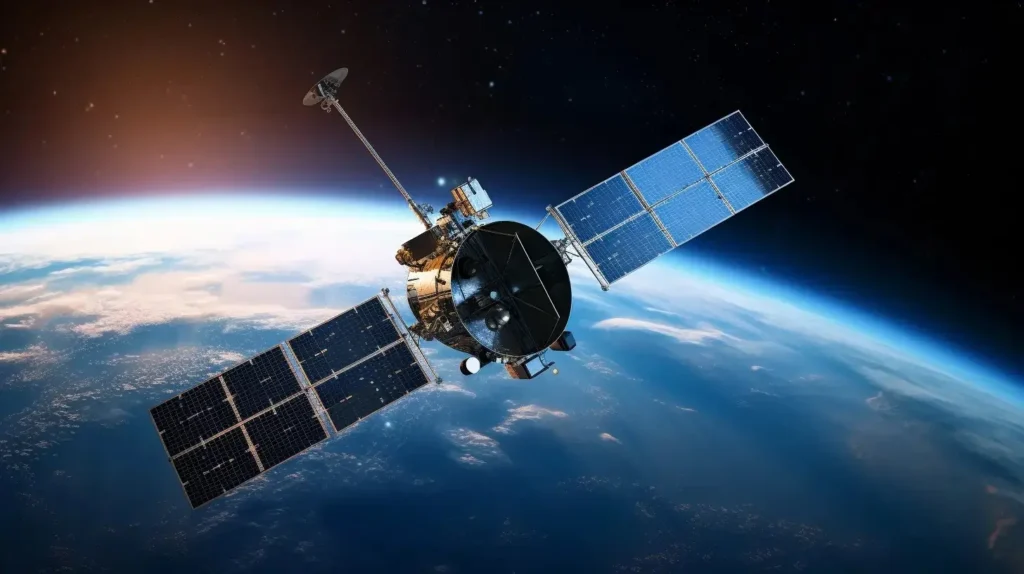In the wake of recent subsea cable severances in the Red Sea, the global internet infrastructure faced significant disruptions, prompting urgent measures to restore connectivity. This article delves into the implications of the cable cuts, the efforts to mitigate the impact, and the role of satellite technology in bridging the connectivity gap.
Table of Contents
The Cable Cuts
Hong Kong-based cable operator HGC Global Communications reported that four out of fifteen subsea cables in the Red Sea were severed, sparking concerns over the integrity of the region’s internet connectivity. While the perpetrators remain unknown, speculations point to Yemen-based and Iranian-backed Houthi rebels. However, the group denies involvement, attributing the incidents to military activities of the United States or British units in the area.
The Impact on Internet Connectivity
The disruption in the Red Sea cables significantly affected internet traffic between Asia, Europe, and the Middle East, with approximately one-quarter of all traffic experiencing disruptions. The severity of the situation necessitated immediate measures to reroute affected traffic and minimize the impact on global connectivity.
Challenges in Restoration
Efforts to repair the severed cables face logistical challenges, with estimates suggesting repairs could take at least eight weeks, contingent upon receiving permits from Yemen’s maritime authority. In the interim, emergency measures, including indirect overland routes, are being implemented to maintain essential connectivity.
Satellite Solutions
To address the connectivity crisis, satellite operators like Intelsat have stepped in to provide backup connectivity through satellite networks. Satellite technology offers a swift and reliable method of transmitting internet traffic, especially in situations where terrestrial infrastructure is compromised.
The Role of Satellite Networks
Satellite networks play a crucial role in complementing subsea cable infrastructure, offering resilience and redundancy in the face of disruptions. In the context of the Red Sea incident, satellite solutions have emerged as a vital lifeline, ensuring continued connectivity for affected regions.
Challenges and Considerations
Despite the efficacy of satellite solutions, challenges persist in restoring full connectivity and ensuring the security of data transmission. Concerns arise regarding the financial implications for businesses reliant on mission-critical data, as well as the potential risks associated with rerouting sensitive data through less secure countries.
Conclusion
The events in the Red Sea underscore the importance of a hybrid approach to internet infrastructure, combining subsea cables with satellite networks to ensure robust connectivity under diverse circumstances. As efforts continue to repair the severed cables and restore normalcy, the role of satellite technology remains indispensable in bridging the connectivity gap and maintaining global internet accessibility.


